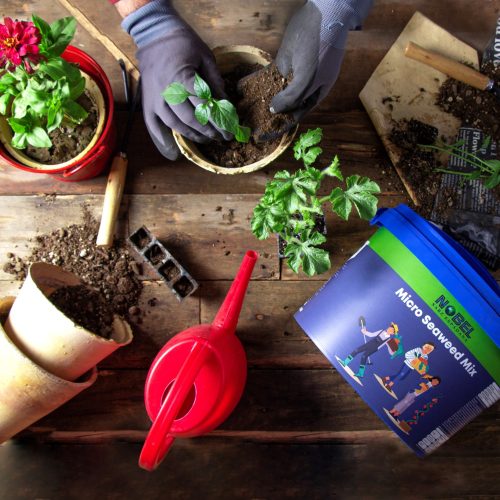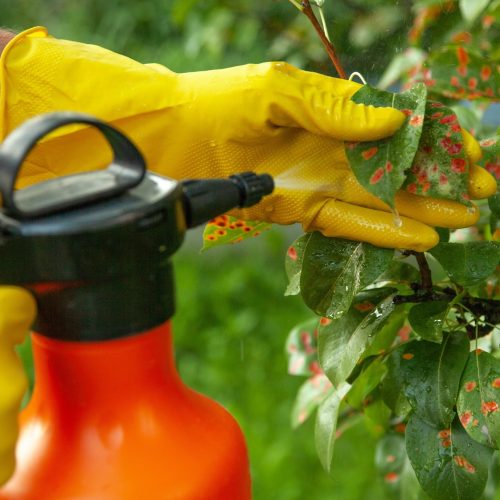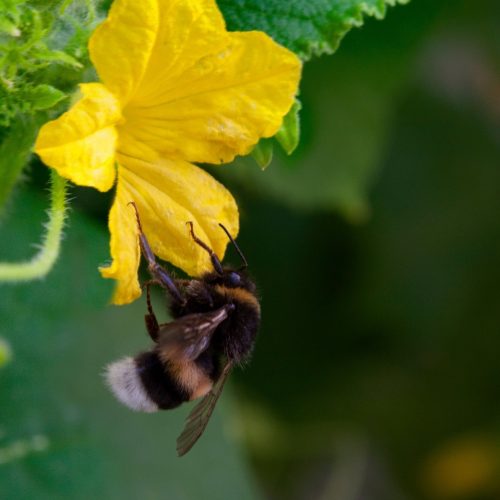Sheri Robinson, Agronomist with specialty fertiliser supplier Haifa Australia, which is becoming a strong new option in the country’s micronutrients market, said iron was available in a full range of chelates and unless growers were applying the correct chelate for their soil type, they could be wasting their time and money.
She said to take this a step further, when using the EDDHA chelate for iron, “stability ain’t stability’’ and growers needed to check stability components to ensure they maximised plant production benefits and their return on investment in this iron chelate.
“Ortho-ortho is the shape of the EDDHA and is the most stable form in soil, so growers need to check the ortho-ortho percentage of this chelate, rather than just the total iron percentage,’’ Sheri said.
“Ortho-ortho is the best for keeping the chelate in the soil solution, including in higher pH calcareous soils, so the level of this is more important than the total.
“An EDDHA iron chelate may have a total iron percentage of 6, but it may only have a 4.8pc ortho-ortho component, leaving 1.2pc as ortho-para or para-para, which are components that are not as strong.’’
Ortho-ortho of 4.8pc has generally been the highest level available in iron chelates, with many offering levels of 3-4pc, however Haifa Australia now offers an EDDHA iron chelate with an ortho-ortho level of 5.2pc.
EDTA chelates are the most cost-effective and widely used, however EDTA iron also is the least stable in soils and should only be used where soil pH is up to 6-6.5. EDDHA iron chelates are suitable for soils up to 9 pH, while other iron chelates include DTPA, suitable for pH soils up to 7, and HBED, suitable for up to 12 pH soils.
“The two-part message for growers is if you are putting out an iron EDTA to soil pH above 6-6.5, you are wasting your money because it becomes bound and precipitates and, therefore, unavailable to plants, so use an EDDHA iron chelate. And look at the ortho-ortho stability component, because the total iron percentage is not relevant,’’ Sheri said.
“There is widespread potential for growers to improve crop production and quality through better iron use efficiency according to their soil pH.
“Some almond growers who have since understood the importance of the ortho-ortho have said ‘wow, look at how green my almond trees are’, particularly when adding magnesium with the iron, which is helping the chlorophyll green-up the plants. Improving photosynthesis will improve performance.’’
She said sunlight was another important factor to consider when applying iron chelates because it could cause iron loss.
“If possible, growers need to keep their tanks covered for its stability. You also need to be thinking of things like what you are using, keeping lids on containers, mixing it last and not under UV light.’’
In addition to iron chelates, Haifa Australia also now offers zinc and manganese EDTA chelates, as well as boron and molybdenum micronutrients, to help growers maximise their cropping performance.
“Micronutrients are available within our stable of fertiliser products, however we now have the ability to bolster their supply. It gives growers flexibility to address the specific needs for their region,’’ Sheri said.
“Instead of having to source micronutrients elsewhere, we can now supply the additional nutrition and also create specific micronutrient blends according to their regional requirements and cost-effectiveness. They could apply an NPK product and use a micronutrient blend that could include zinc and manganese EDTA chelates, and they could choose an iron chelate that suits their soil pH level.’’
She said while various EDTA chelating agents used a sodium attachment, Haifa Australia can offer EDTA chelates with more favourable potassium or nitrogen attachments.









